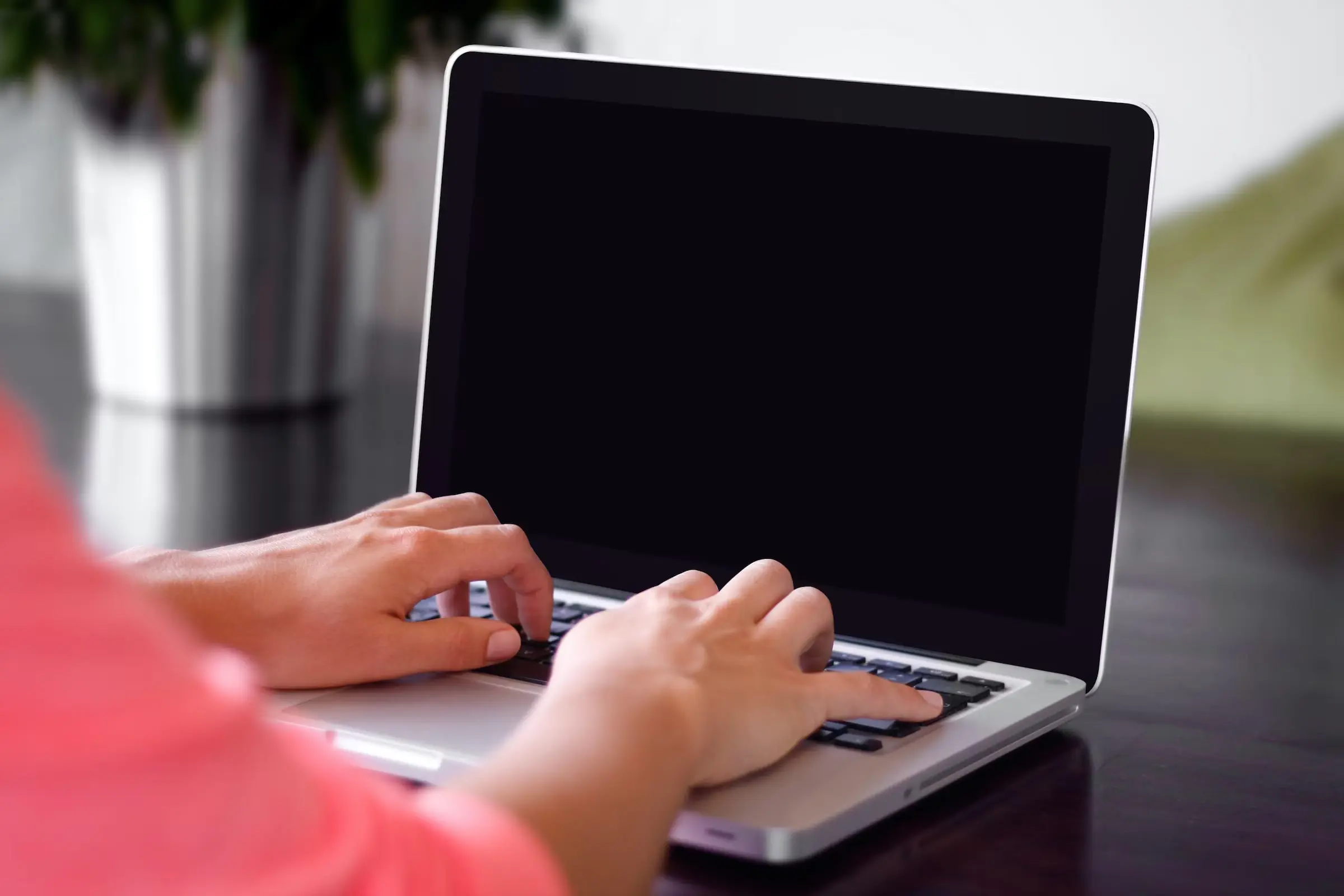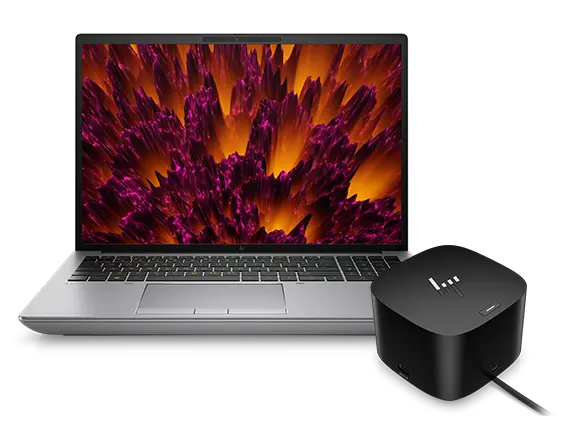If your computer remains unresponsive despite being fully charged, or if it exhibits erratic behavior like freezing when pressure is applied or after being hit, you’re likely dealing with a hardware or software issue. Here’s a comprehensive guide to help you troubleshoot and resolve the problem.
Inspect for Physical Damage
Charging Port and Cable:
- Check the Charging Port: Ensure the charging port is not damaged or loose. Inspect it for any bent pins or debris that might be obstructing the connection.
- Examine the Charger and Cable: Look for any visible damage on the charger or cable. Frayed cables or damaged connectors can prevent proper charging. If possible, test with a different charger to rule out issues with the charger itself.
Battery Issues:
- Remove and Reinsert Battery (if removable): If your laptop has a removable battery, take it out, wait for a minute, and then reinsert it. Ensure it’s seated properly.
- Inspect Battery Health: For laptops with built-in batteries, check the battery health using manufacturer-specific tools or system diagnostics. A failing battery might not hold a charge properly.
Perform a Hard Reset
A hard reset can help clear temporary issues:
- Disconnect All External Devices: Unplug all external peripherals like USB drives, external keyboards, or mice.
- Remove the Battery (for removable models): Take out the battery to cut off power completely.
- Disconnect the Charger: Unplug the charger from the laptop.
- Press and Hold the Power Button: Hold the power button for about 30 seconds to 1 minute to discharge any residual power.
- Reconnect the Charger and Battery: Reinsert the battery and plug the charger back in. Try turning on the computer.
Check the Power Source
Power Outlet and Adapter:
- Test the Outlet: Verify that the power outlet is working by plugging in another device. Try using a different outlet if necessary.
- Inspect the Power Adapter: Ensure that the power adapter is properly connected and that the charging indicator light is on. If your adapter has a removable plug, check both ends.
Power Management Settings:
- Reset Power Management Settings: Sometimes, power settings can cause issues. Access the power settings through the BIOS or UEFI and reset them to default.
Examine the Display
Screen Issues:
- Check for Display Problems: Shine a flashlight at an angle on the screen to see if you can detect a faint image. If you see an image, your screen may be malfunctioning.
- External Monitor Test: Connect your computer to an external monitor to determine if the issue is with the internal display. If the external monitor works, the problem may be with your laptop’s screen or graphics card.
Screen Brightness:
- Adjust Brightness Settings: Ensure the screen brightness is not turned down too low. Some systems allow you to adjust brightness using function keys.
Investigate Overheating
Cooling System Check:
- Ensure Proper Ventilation: Check that the vents are not blocked by dust or debris. Overheating can cause the computer to shut down or freeze.
- Clean Vents and Fans: Use compressed air to blow out dust from the cooling vents and fans. Ensure the fans are spinning properly and not obstructed.
Thermal Paste:
- Reapply Thermal Paste: If you’re comfortable with hardware maintenance, consider reapplying thermal paste between the CPU and heatsink. Over time, thermal paste can dry out and lose effectiveness.
Check for Software Issues
Boot in Safe Mode:
- Try Safe Mode: Restart your computer and boot into Safe Mode. Safe Mode loads only essential drivers and can help determine if the issue is related to software or drivers.
System Diagnostics:
- Run Diagnostics Tools: Use built-in diagnostic tools or third-party software to check for hardware issues. Many manufacturers provide diagnostic tools that can test various components of your system.
Update Drivers and BIOS:
- Update Drivers: Ensure all your drivers are up to date, especially graphics drivers and chipset drivers.
- Update BIOS/UEFI: Check if there is a BIOS/UEFI update available for your computer. Updating the BIOS can resolve compatibility issues and improve system stability.
Seek Professional Help
If none of the above steps resolve the issue:
- Contact Customer Support: Reach out to your computer’s manufacturer for support or warranty service. They may provide specific troubleshooting steps or arrange for repairs.
- Visit a Certified Repair Shop: A professional technician can diagnose and repair hardware issues that might be causing your computer to malfunction.
Summary
If your computer don’t turn on despite being fully charged or freezes when pressure is applied, start by checking for physical damage, performing a hard reset, and inspecting the power source. Investigate potential display issues, overheating, and software problems. If these steps don’t resolve the issue, consider seeking professional help.
By following this detailed troubleshooting guide, you can better identify and address the problem, hopefully getting your computer back to working condition.
How to Activate NVIDIA Quadro P2000 When Rendering or Playing Games?


